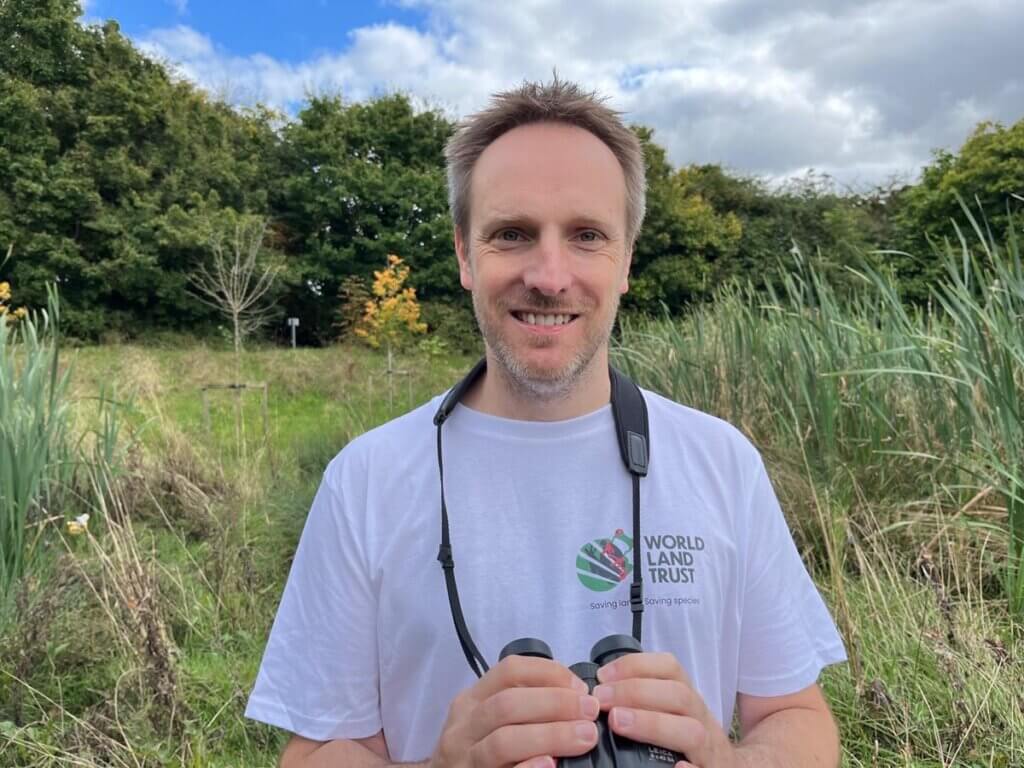
Andy Langley is a wildlife enthusiast and supporter of World Land Trust (WLT), who will be doing a sponsored birdwatch this October to raise money for WLT’s ‘Protecting the Ecuadorian Amazon’ appeal.
Each October, for the last seven years, my employer Ecclesiastical Insurance, part of the Benefact Group, has pledged matched funding up to £5,000 for a WLT sponsored birdwatch. By combining this with WLT’s Big Match Fortnight, if donations are made between 2 and 16 October through my JustGiving page, these donations will be multiplied by four.
So for every £1 donated, Ecclesiastical will double it to £2 and WLT will double it again to £4!
Protecting the Ecuadorian Amazon
This year’s Autumn Appeal, kicked off by Big Match Fortnight, is very exciting and a bit different to normal. Typically, their annual appeal has raised funds to make a targeted purchase of threatened land, which is of particular conservation importance. This year the appeal looks to raise just over £1.3m to secure the future of a much larger area of land in the Orellana Province in Ecuador, by enabling a local conservation partner, Nature and Culture in Ecuador (NCE), to establish legal protection over the land through the declaration of a Provincial Protected Area. The estimated area of land being saved is huge, 747,000 hectares, and includes land in between two existing protected areas – Yasuni National Park and the Cuyabeno reserve. This will improve the connectivity of these two biodiversity hotspots, as well as vastly expanding the area of protected land in this area.
The project is very ambitious and is only possible due to the expertise of the local conservation partner, which has experience of doing similar work in another area of Ecuador. As with all the conservation work that WLT undertakes, engagement with local communities is critical to the long-term success of the project. Rather than imposing this on local communities, NCE will help the local indigenous people and local governments to realise their own plans for the area they live in. They have the greatest interest in protecting their area of the Amazon and are the experts in understanding how the area can be managed sustainably, with legal protection allowing them to engage with a sustainable future on their own terms. Part of the process will involve identifying the areas that require the strictest level of protection of conservation, free from disturbance.
These are the activities that WLT have said the money raised will fund:
- Support NCE with the logistical work required to create the Provincial Protected Area, including planning and land designation.
- Fund the consultation process between Orellana’s Indigenous Nationalities and representatives from Orellana’s provincial government.
- Enable NCE to organise community workshops, host provincial meetings, training, and conduct biodiversity surveys.
- Provide employment for four full-time NCE staff, once the Provincial Protected Area is designated, to build community capacity and initial management plans for the area.
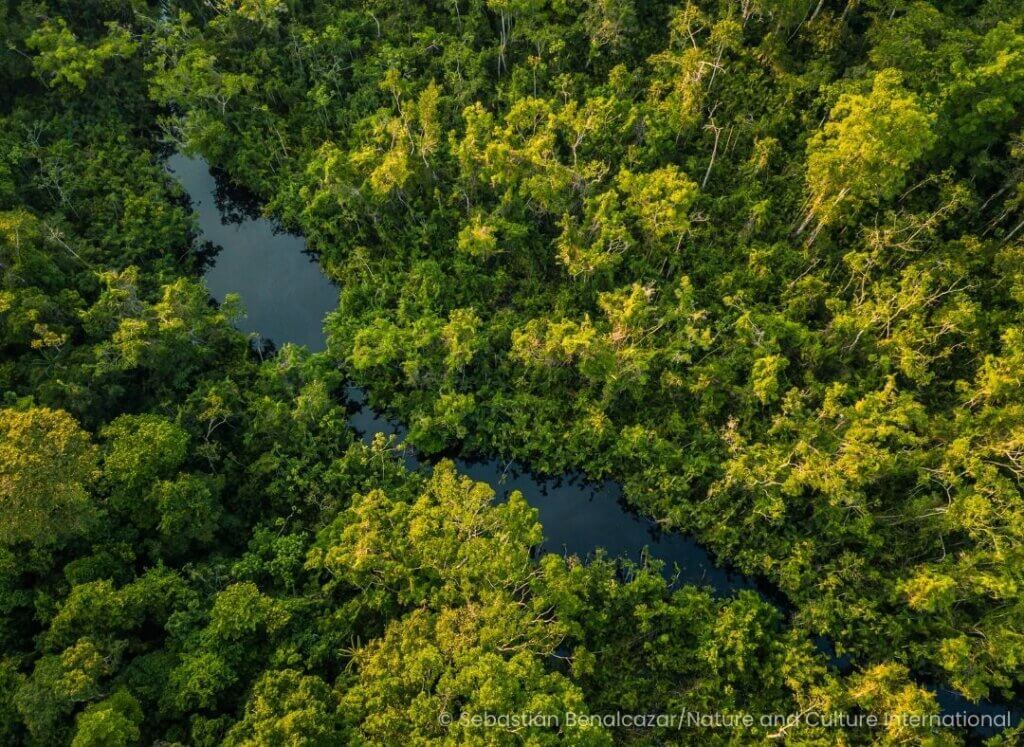
Wildlife that will benefit
There is a huge diversity of wildlife in this area of the Amazon, which contains 14 different ecosystems with their own variety of wildlife. This includes Amazonian Bamboo Forest, Evergreen Forest, Flooded Grassland and Amazon Alluvial Floodplains.
The wildlife that will be protected in this area includes many species categorised as endangered or vulnerable. Endangered mammals that will be protected include the Amazon River Dolphin, Giant Otter and White-bellied Spider Monkey. The area is also home to vulnerable species like the Amazonian Manatee and Lowland Tapir.
Being a birdwatcher, I’m always keen to hear about the bird species that will benefit. This year these include several species, categorised as vulnerable, including the Military Macaw and Harpy Eagle. One species that particularly caught my eye is the vulnerable Agami Heron, which must be one of the most beautiful heron species in the world, with amazing chestnut and green plumage and impressive silvery feathers down its neck. It also has the most stunning long bill!
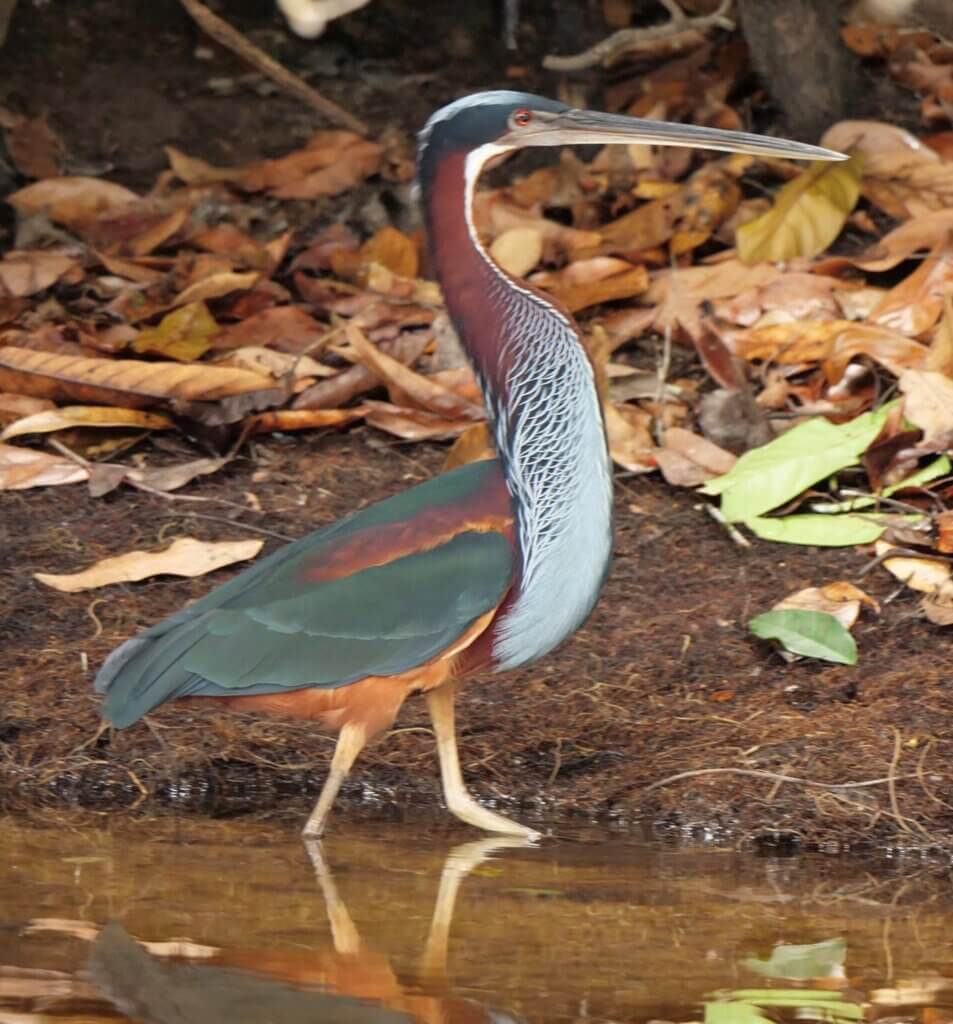
Another of the stand-out species is the Orange-breasted Falcon, which is categorised as near threatened, but is found in this area of Ecuador. It is quite a heavily built falcon, similar in size to a Peregrine. It’s appearance though is very different, with dark barred chest feathers and striking rufous colouring around its neck and lower chest.
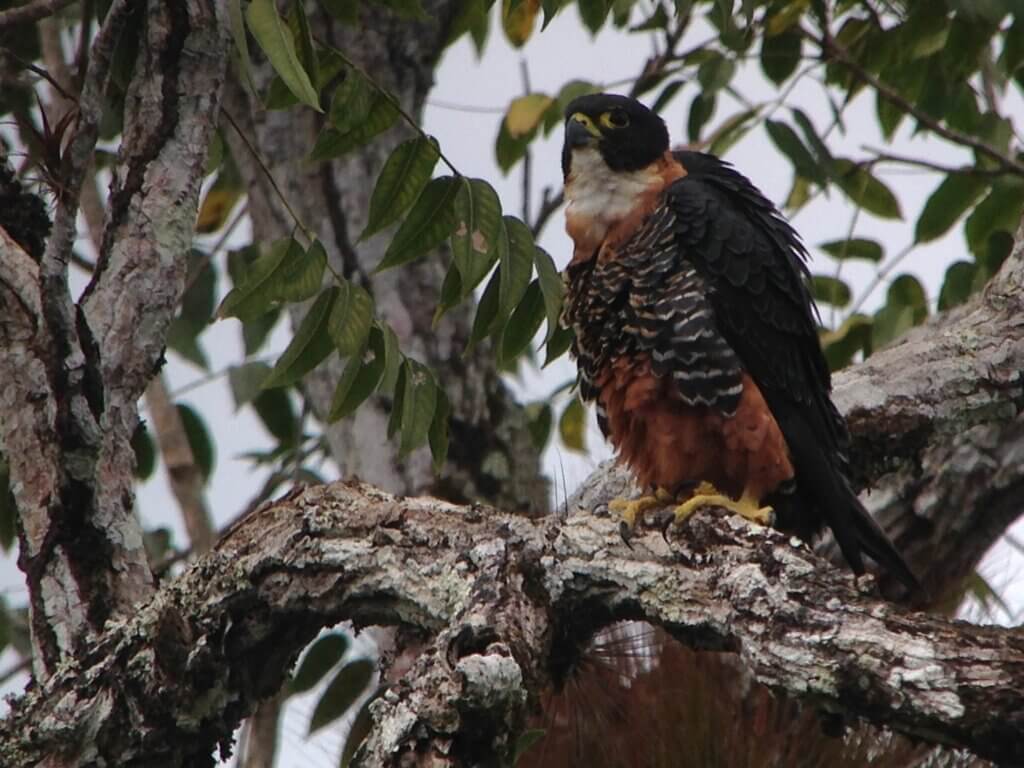
This Year’s Birdwatching Challenge
This year’s birdwatch is scheduled for Friday 11 October or a few days either side if the weather looks too bad. My challenge is always to see as many species as possible around Gloucestershire, without clocking up too many car miles. Last year I managed to see 89 species across the day, 3 species lower than my record the year before. I will be posting some photos and details of sightings on the day on X (@Langers_77) and will provide an update of all my sightings on my JustGiving page.
I’m really grateful for all the sponsorship I have received in previous years, that helps me maximise the matched funding I receive from my employer. I’m also very thankful for the support given by Ecclesiastical Insurance, who have provided £26k of matched funding over the last six years, which when combined with matched funding from Big Match Fortnight has helped raise over £100k. Without wishing to give my employers a plug, they do an amazing job supporting fundraising like this, as part of the wider purpose of the Benefact Group to give all available profits to charity and good causes.
If you are able to spare any money for this great cause, please see my JustGiving page. £5 will be quadrupled to £20 and help in my aim of turning £5,000 of donations into £20,000! If you are able to share details on social media that would also be a great help.
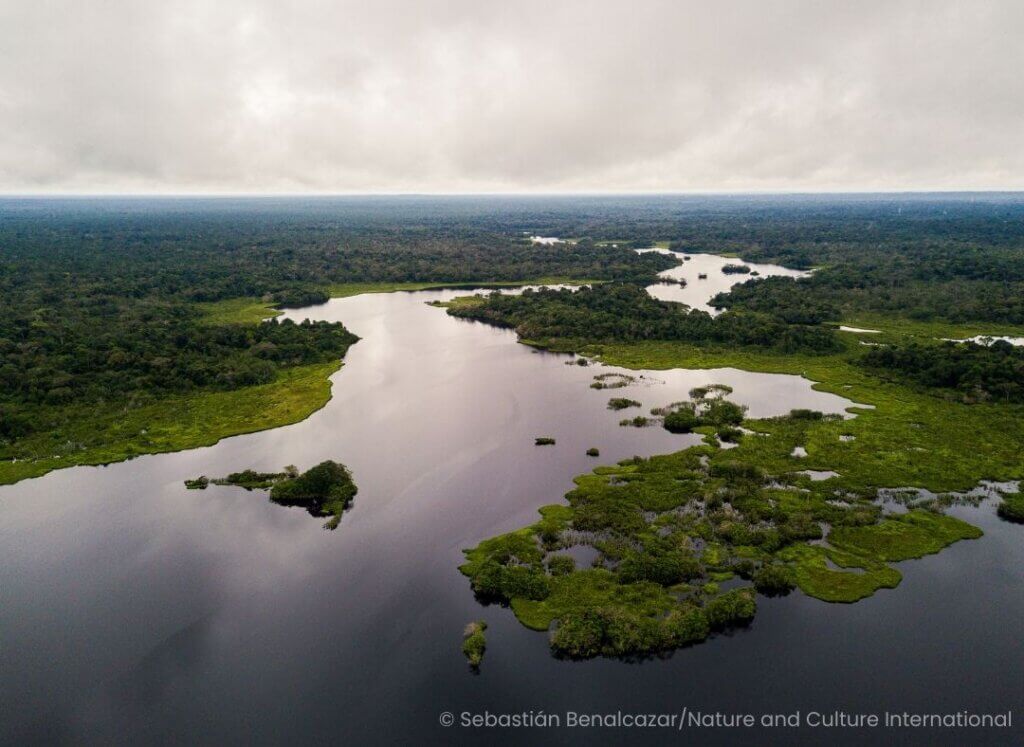

Juvenile Common Woolly Monkey. Photo: Sebastián Benalcazar, Nature and Culture International
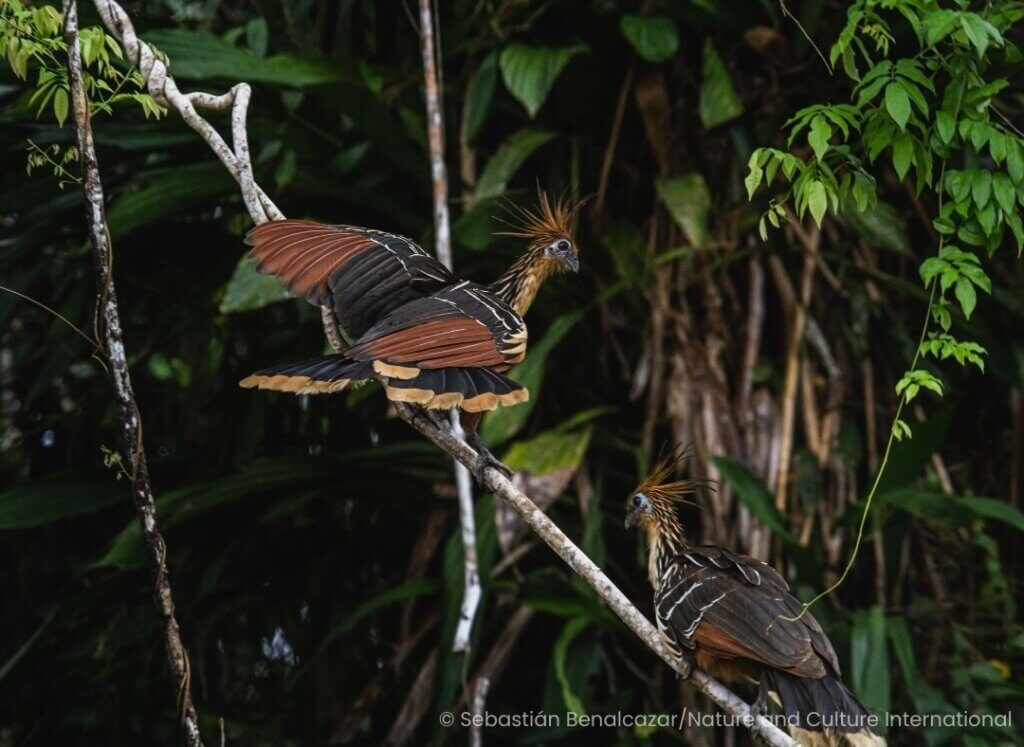
[registration_form]